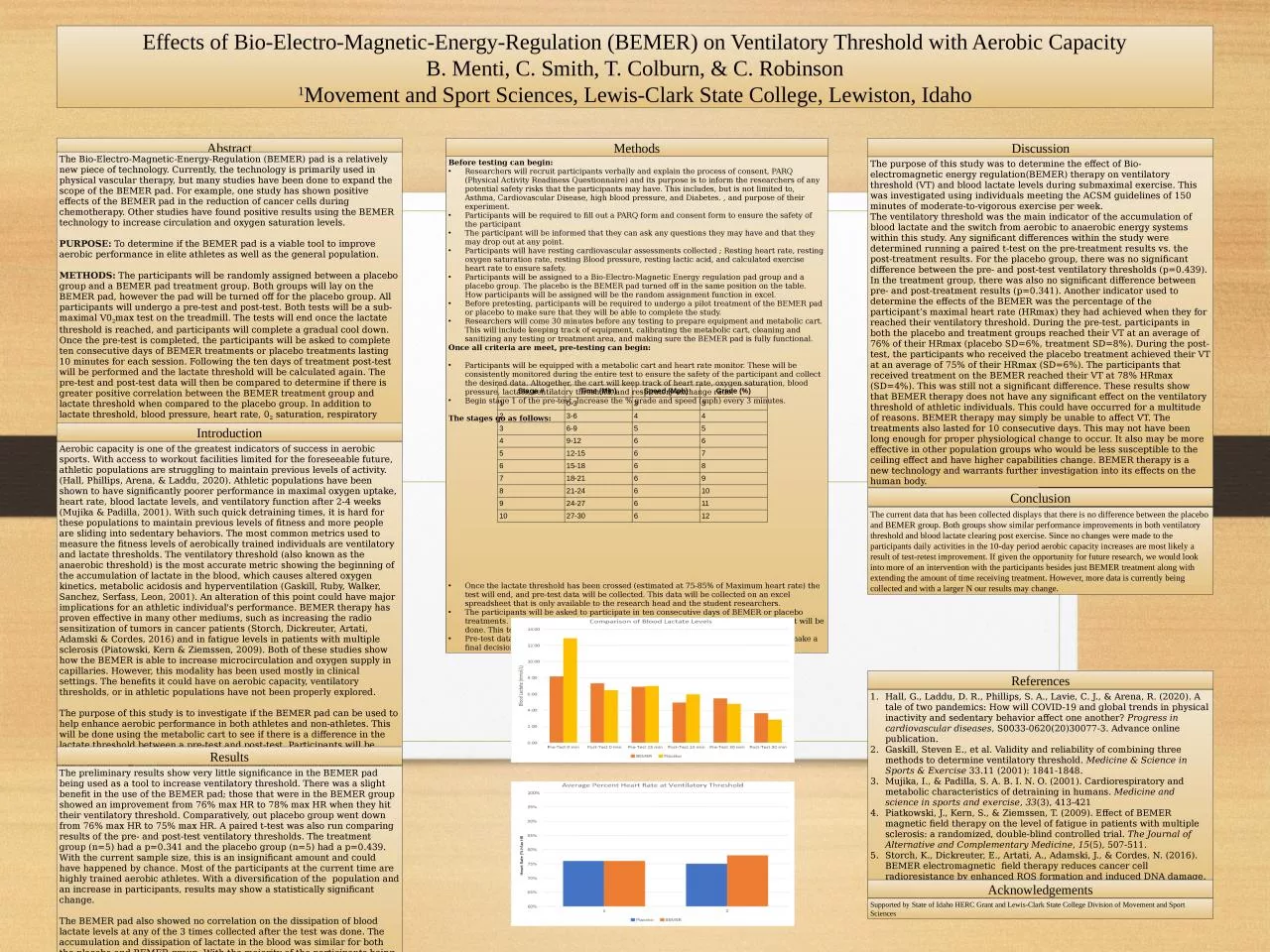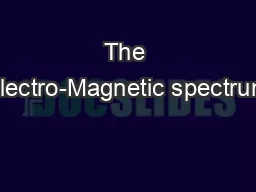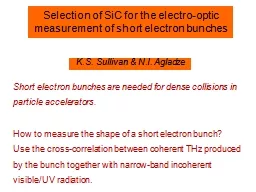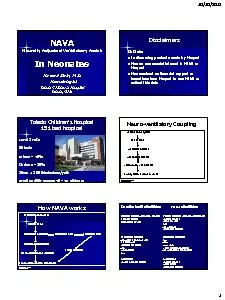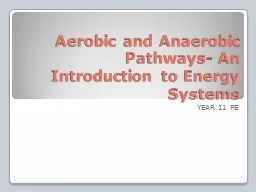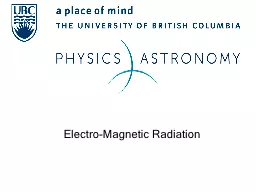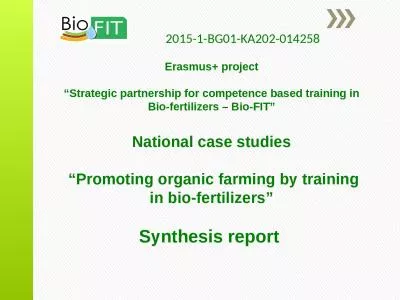PPT-Effects of Bio-Electro-Magnetic-Energy-Regulation (BEMER) on Ventilatory Threshold with
Author : samantha | Published Date : 2023-11-08
B Menti C Smith T Colburn amp C Robinson 1 Movement and Sport Sciences LewisClark State College Lewiston Idaho Abstract The BioElectroMagneticEnergyRegulation BEMER
Presentation Embed Code
Download Presentation
Download Presentation The PPT/PDF document "Effects of Bio-Electro-Magnetic-Energy-R..." is the property of its rightful owner. Permission is granted to download and print the materials on this website for personal, non-commercial use only, and to display it on your personal computer provided you do not modify the materials and that you retain all copyright notices contained in the materials. By downloading content from our website, you accept the terms of this agreement.
Effects of Bio-Electro-Magnetic-Energy-Regulation (BEMER) on Ventilatory Threshold with: Transcript
Download Rules Of Document
"Effects of Bio-Electro-Magnetic-Energy-Regulation (BEMER) on Ventilatory Threshold with"The content belongs to its owner. You may download and print it for personal use, without modification, and keep all copyright notices. By downloading, you agree to these terms.
Related Documents

